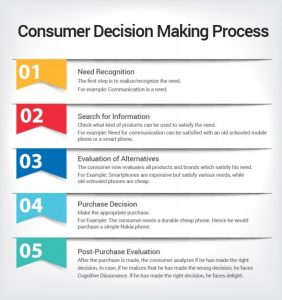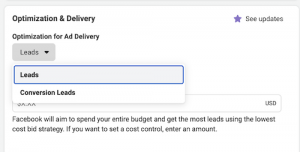Ultimately, it’s all about trust.
If you are using best practices and doing opt-in email, your customers have given you an invaluable asset: the right to send them email. When that “From” field displays your brand name, your odds of getting an open should dramatically increase for an opt-in customer.
But this asset doesn’t come without strings attached. You need to nurture it and continually reinforce the implicit trust associated with it. We suggest some ways to do this (and thank many of our clients from whom we’ve shamelessly borrowed these good ideas).
Relevant communications. Lumping customers into hopefully homogeneous segments no longer works. You should know how much each customer is worth to you (lifetime value); how likely each is to defect (risk score is the gold standard in loyalty measurements); and how likely each customer is to make another purchase in the near term.
Even more important are their purchase propensities. What is the probability of each of your customers purchasing each of your products, including ones not previously purchased?
Frequency. Yes, your daily blasts are still profitable, and your opt-out rates are tolerable. However there is a fatigue factor. If you don’t have the courage to ask customers for their desired frequency and respect their answer, at least develop a policy based on your customer metrics. Know the typical inter-order frequency for each customer; then email to gently shorten that cycle.
Insider trading. On Wall Street, it’s illegal. For opt-in email merchants, it’s a necessity. There are many ways to show your customer she’s an “insider.” Give her access to special sales, early notice of important events, and offers the rest of the world doesn’t see.
Who gets the best offer?
When sending email offers, too many businesses give the highest discounts and best offers to some of their worst customers. The goal of course is to win back their patronage. It often takes a really great offer to do that.
Usually your best customers don’t get wind of these lowball offers, so you can get away with this tactic. However it’s not the best way to run your business. Even beyond the insider status discussed above, you need to find ways to constantly thank your very best customers. It’s that trust dynamic again. They should feel that you are looking out for them.
One technique we’ve found successful to reward your best customers: Use your purchase propensities to find products that 1) a particular customer has a predicted probability to purchase; 2) have not yet been purchased by the selected customer (what we call a cross-sell); and 3) have a high gross margin. Because of the high margin, you can profitably afford to offer an appealing big discount. It’s win-win: the customer feels appreciated, and you move more products.
Mobile is really special
Of all the devices a consumer owns, a smartphone or tablet is probably the most personal. Permission to send communications to that device is a privilege that requires careful nurturing. You absolutely need responsive design to ensure customers can easily read your email on a smaller screen. You absolutely must send relevant communications so you are not wearing out your welcome into their daily life.
If you’re sending an offer or some other call to action, it’s your obligation to make the purchase process as simple as possible. Small screens are not the best place to fill out forms, especially when customers know you already have their contact and payment information.
A fungible asset
While opt-in approval from your customer is not quite a license to print money, it is truly a fungible asset. Respect it, do the work needed to preserve it, and your email marketing will prosper. Abuse it with spam blasts or other irrelevant messaging and you can expect more opt-outs, lower response rates, and less revenue per order. You will destroy the trust that should flow from the “From” field in your messaging.
MediaPost | Email Insider
(297)
Report Post





